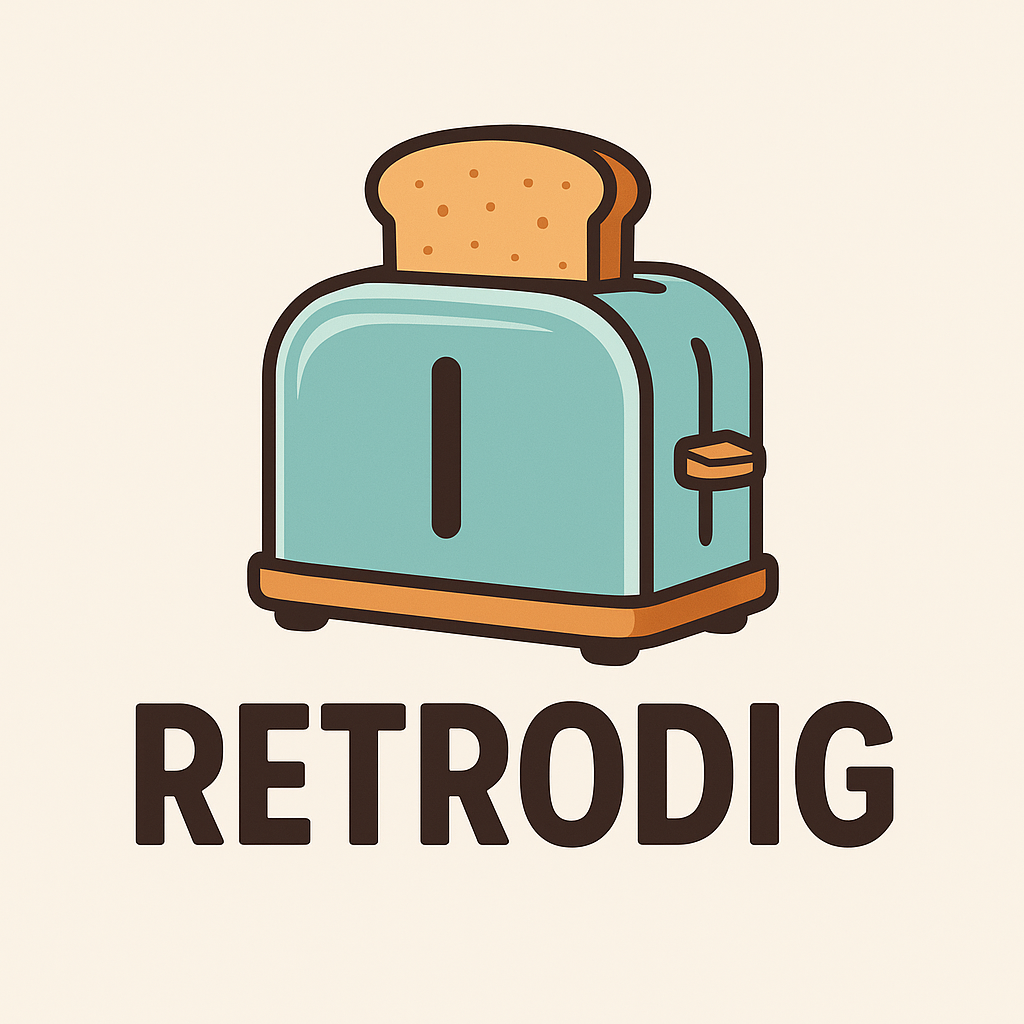Retro toasters are often praised not just for their aesthetics but also for the quality of toast they produce. Many collectors and enthusiasts claim that vintage models consistently deliver a crunch, color, and texture that modern toasters struggle to replicate. Understanding why this happens requires a look at the engineering, materials, and design principles that defined retro appliances.
One of the key factors is the heating element. Early to mid-20th-century toasters typically used heavy-duty nichrome wire arranged in simple but effective patterns. This wire, combined with thick, durable insulation, allowed retro toasters to heat evenly and maintain consistent temperatures. Modern toasters, in contrast, often rely on cheaper or thinner heating elements to reduce manufacturing costs. While these modern designs are efficient, they may create uneven browning or require multiple cycles to achieve the same result. Retro toasters, with their robust wiring and thoughtful design, provide a more uniform heat distribution, resulting in a toast surface that is evenly crisped without burning.
The construction materials of retro toasters also contribute to their superior toasting performance. Many classic models feature metal exteriors and heavy internal components that retain heat. The metal casing not only provides durability but also stabilizes temperature fluctuations, which helps the bread toast consistently. Modern plastic-heavy designs lack this thermal mass, leading to quicker heat loss and less predictable results. The weight and solidity of a retro toaster may seem purely aesthetic, but it has a direct impact on the quality of the toast.
Slot design is another crucial factor. Retro toasters often have deeper, wider slots that accommodate various bread sizes and allow heat to surround the bread more evenly. Some models feature self-centering racks or unique lever mechanisms that ensure the bread stays in the optimal position during toasting. Modern compact toasters may cut corners on slot depth or width to save space, which can result in uneven browning, especially on artisanal or thicker bread slices. The thoughtful engineering of retro slots ensures that every slice is exposed to consistent heat, producing a satisfying crunch from edge to edge.
The simplicity of retro toasters’ controls also plays a role. Classic models often rely on mechanical timers or browning dials rather than digital sensors or electronic cycles. These manual controls allow users to fine-tune toasting times based on personal preference and bread type. This level of control, combined with the consistent heat distribution, creates an optimal environment for achieving a perfect crunch. Some enthusiasts argue that modern toasters’ automatic sensors and preprogrammed cycles cannot replicate the nuanced control offered by vintage mechanical systems.
Another factor is the overall design philosophy. Retro toasters were often built for longevity and performance rather than cost-cutting and disposable convenience. The components were engineered to handle repeated cycles, with sturdy internal mechanisms that minimized hot or cold spots. Designers tested toasters extensively to ensure reliable, repeatable results, which explains why some retro models can still produce perfect toast decades after their manufacture.
Finally, user experience and perception matter. Many people associate retro toasters with a sensory experience that modern models cannot replicate. The tactile feel of a lever, the sound of a pop-up, and the consistent aroma of evenly toasted bread contribute to the perception of perfect toast. While part of this is nostalgia, the engineering behind these machines genuinely supports superior performance, creating a harmonious combination of mechanics and sensory satisfaction.
In conclusion, retro toasters give your toast that perfect crunch due to a combination of robust heating elements, heat-retaining materials, thoughtful slot design, manual controls, and durable construction. They reflect an era when appliances were designed for both performance and longevity, producing consistently crisp and flavourful toast. For collectors, enthusiasts, and anyone who enjoys breakfast as an experience, retro toasters are not just beautiful to look at, they are genuinely excellent tools for creating toast with precision, texture, and that satisfying, nostalgic crunch.
Before you make your final choice, check out our full Retro Toaster Buyer’s Guide. It breaks down everything you need to know about materials, durability, heating performance, and extra features so you can pick the perfect toaster for your kitchen.
